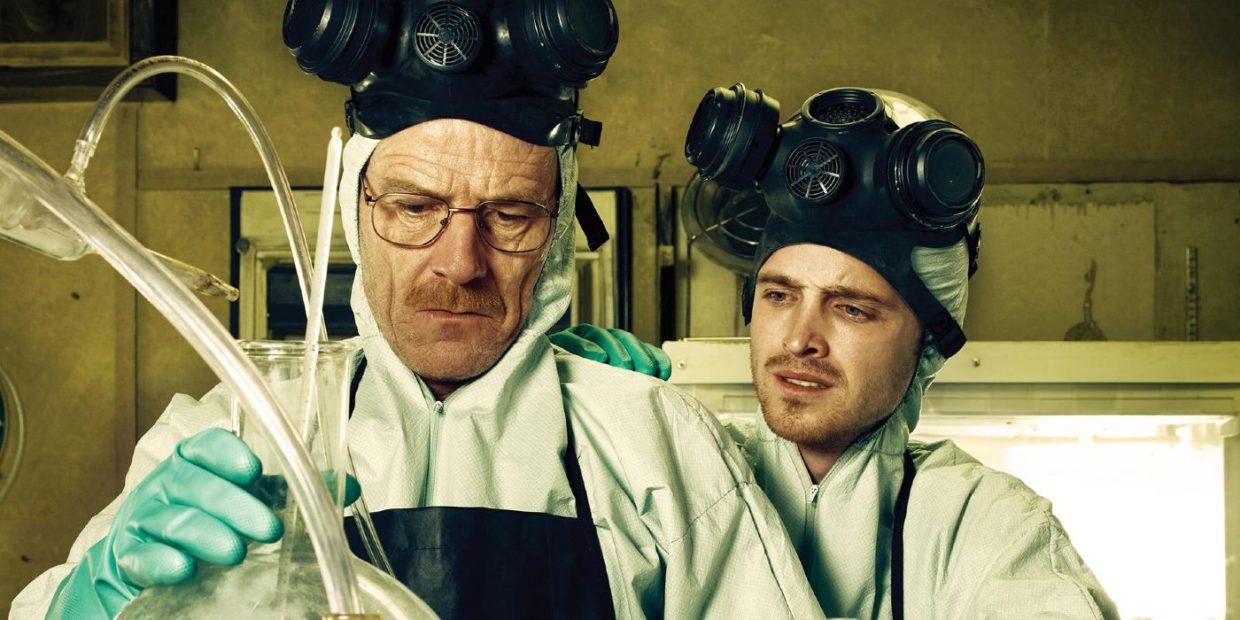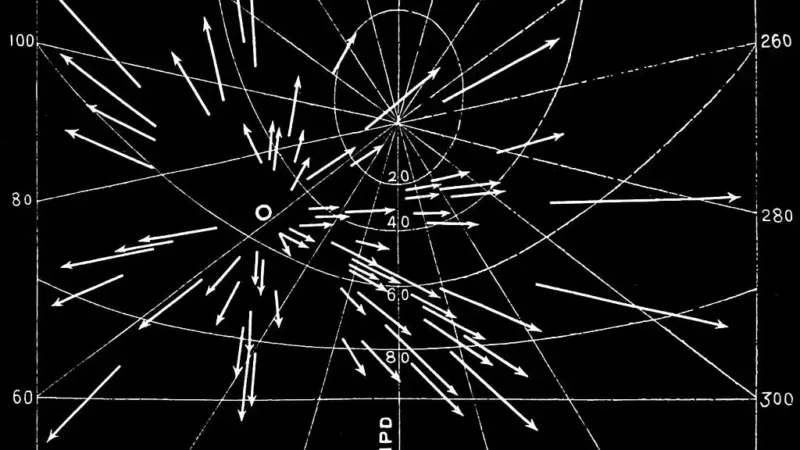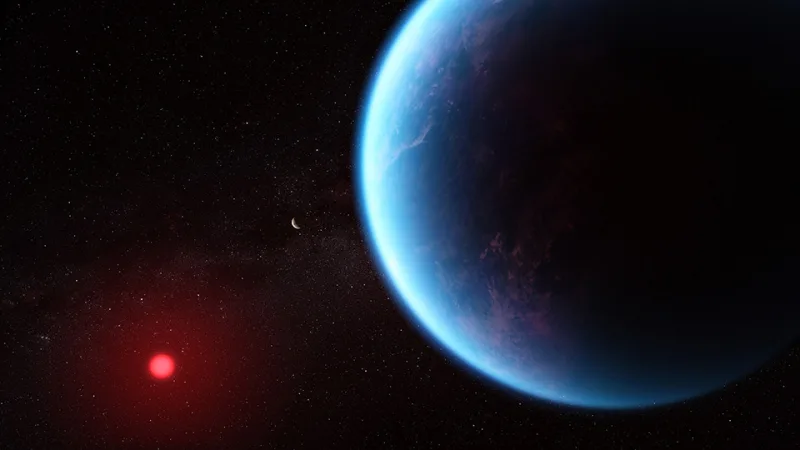From Fulminated Mercury to Ricin: The Science Behind Breaking Bad

AMC’s Breaking Bad may have left a lasting impression on viewers, especially when it comes to the science behind the show. From Walter White’s use of chemistry to gain an upper hand to dangerous chemical reactions, the show has sparked scientific curiosity. While some of the science depicted may not align with reality, Breaking Bad remains a captivating and thrilling drama. So, let’s delve into the scientific accuracy of some key moments.
The Explosive Chemistry: Fulminated Mercury
“The Science of ‘Breaking Bad’: Dangers of Homebrewing, DIY Batteries and the Effects of Ricin” contains two words that caused quite a stir in Breaking Bad – “fulminated mercury.” In an intense standoff, Walter White uses this explosive compound to assert his authority. However, real-life experiments conducted by Discovery’s Mythbusters have shown that the explosive effects portrayed in the show would result in fatal consequences. While the compound is indeed explosive, it would require a larger quantity and much more force to achieve the same impact as depicted on the show.
Breaking Bad’s Acid Test: Hydrofluoric Acid
Another chemical experiment featured on Breaking Bad is Jesse Pinkman’s attempt to dissolve a body using hydrofluoric acid. While the show suggests that the acid can eat through not only the body but also the bathtub and floor, Mythbusters discovered that the acid would primarily cause damage to drywall. Although hydrofluoric acid is dangerous and capable of corroding materials, it wouldn’t penetrate surfaces to the extent that was shown in the series.
A Lethal Ingredient: Phosphine Gas
The production process of methamphetamine involves the use of hazardous and toxic chemicals. Breaking Bad uses this fact to the advantage of its characters, with Walter White using phosphine gas to incapacitate his enemies. The gas, produced when white phosphorus is mixed with sodium hydroxide, is lethal when inhaled. The show accurately portrays the dangers, showing Walt and Jesse wearing respirators to protect themselves.
Chemistry in the Classroom: Fun with Flames
Not all moments in Breaking Bad involve danger and suspense. In one scene, Walter White attempts to ignite the curiosity of his chemistry students by demonstrating how various solutions change color when exposed to an open flame. This experiment showcases the first law of thermodynamics, explaining the transformation of energy from one form to another. Metal ions dissolved in ethanol solutions create the colorful changes by absorbing thermal energy and emitting light.
The Effects of Ricin
Ricin, a toxic compound found in castor oil plants, plays a significant role in Breaking Bad. The show accurately highlights the dangers of this substance, both when inhaled or injected. A small amount of ricin can be life-threatening, making it a highly dangerous compound. Nature has already provided this deadly toxin, all too easily obtainable.
Lily of the Valley
The poisonous Lily of the Valley plant is another natural threat that appears in Breaking Bad. While the show masterfully incorporates it into mind games, causing characters to question trust and loyalty, the toxic nature of the plant should not be disregarded. Ingesting any part of the plant can lead to various negative health effects, from disrupted heart rhythms to nausea and even death.
Methylamine and the Dilution Effect
Not all solutions are equal. In a gripping episode of Breaking Bad, Walt explains how density plays a crucial role in their attempt to steal 1,000 gallons of methylamine. Methylamine is a precursor chemical for their cook, and the team decides that stealing it from a train would be less conspicuous than acquiring smaller amounts from drug stores. By understanding density differences, they are able to replace the stolen methylamine with a lesser amount of water, without arousing suspicion.
Density refers to how much mass can fit into a given space. Pure methylamine has a density of 700.00 kg/m³, but when mixed with water, it amounts to 890 kg/m³. Water, on the other hand, has a density of 998.21 kg/m³. By using conversion formulas, it is determined that only 3.38m³ (or 892 gallons) of water is needed to replace the mass of the stolen methylamine.
Viewers also had concerns about the dilution factor of replacing 1,000 gallons of methylamine with approximately 900 gallons of water. According to Weak Interactions, the loss in concentration would only be 0.03%, a negligible amount that would not raise suspicion among buyers.
Magnet Madness
Walt and Jesse’s creative methods extend beyond their heist operations. To destroy video evidence in a highly protected police evidence locker, they decide to use a powerful magnet. While it was entertaining to watch on screen, the effectiveness of this method in real life is questionable. Hard drives require a strong magnetic field, and laptops have significant shielding around their hard drives. This makes magnets a less reliable option for erasing data, as demonstrated by experiments conducted by Wired and PC Mag.
Over-Carbonation Catastrophe
In another episode, Hank Schrader learns the dangers of over-carbonating beer when Hank’s homebrew explodes due to excessive pressure build-up. Carbon dioxide is produced during fermentation, which is necessary for creating fizzy carbonation. However, an excessive concentration of carbon dioxide can pose suffocation risks. Homebrewers must be cautious to avoid over-carbonation, ensuring the pressure is within safe limits.
Makeshift Battery: Walt’s DIY Power Source
Walt and Jesse’s resourcefulness is on full display as they try to jumpstart their stranded meth lab on wheels. Walt builds a makeshift battery using different components. However, the battery produces only a limited amount of power, which would not be sufficient to get their lab running. In reality, attempting to charge a cellphone would require far less electrochemical power than jumpstarting an RV.
The Question of Ricin’s Effectiveness
Lastly, the use of ricin in the show’s finale raises questions about its effectiveness. While the show depicted Lydia being poisoned with ricin disguised as Stevia, the scientific accuracy is questionable. Ricin’s potency depends on the method of exposure and the dosage. It is likely that the near-boiling temperature of the water in Lydia’s tea would have rendered the ricin inactive.
Decoding “Felina”: Elemental Symbolism
As the show approached its finale, fans eagerly speculated on the meaning behind the episode title, “Felina.” The Reddit community theorized that it could represent the elemental symbols for iron, lithium, and sodium, and linked these elements to blood, meth, and tears. While this theory may not hold up entirely, the final episode remains a powerful conclusion to one of the greatest shows in television history.
Throughout Breaking Bad, science plays a pivotal role in the characters’ actions and decisions. By examining the scientific elements woven into the show’s narrative, viewers can gain a new level of appreciation for the compelling storytelling and the intricacies of the characters’ endeavors.






